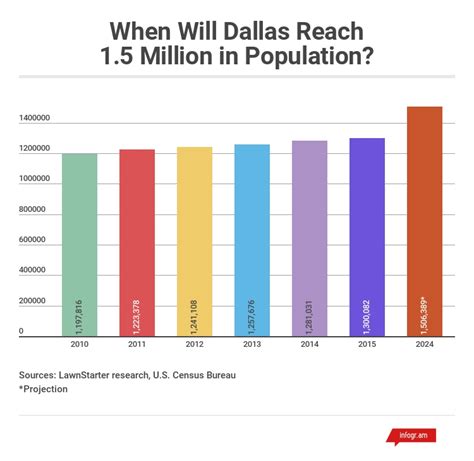Explore the historical population trends, immigration impact, age distribution, and economic impact of Dallas. Discover community initiatives and future projections.Dallas, Texas has a diverse and thriving population that has seen significant growth and change over the years. In this blog post, we will delve into the historical population trends of Dallas and explore the various factors that have influenced its growth. We will also examine the impact of immigration on the city, as well as the population density in different neighborhoods. Additionally, we will analyze the age distribution and demographics of Dallas, as well as look at population projections for the future. Furthermore, we will discuss the economic impact of population growth, the challenges of rapid urbanization, and the socioeconomic disparities within the population. Finally, we will explore various community initiatives that have been implemented to support population growth in Dallas. Join us as we take a closer look at the dynamics of the Dallas population and its implications for the city’s future.
Historical population trends
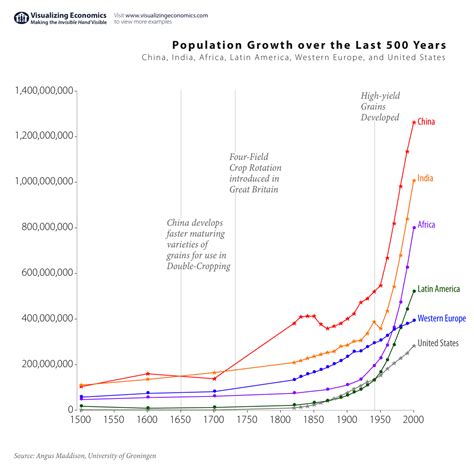
Dallas, Texas has experienced significant population growth over the past century, with a number of key trends shaping the city’s demographic landscape.
One of the most notable historical population trends in Dallas is the boom in the early to mid-20th century, as the city was a major hub for industry and commerce. This led to a surge in the population as people migrated from rural areas in search of work and better opportunities.
Another trend is the impact of immigration, particularly from Latin American countries, which has contributed to the city’s diverse population. The influx of immigrants has played a significant role in shaping Dallas’ cultural fabric and has contributed to the city’s growth and prosperity.
Over time, there has also been a shift in the age distribution and demographics of the population, with an increasing number of young professionals and families choosing to make Dallas their home. This has had a significant impact on the city’s economy and infrastructure, leading to the development of new neighborhoods and a vibrant urban landscape.
Furthermore, population projections for the future indicate that Dallas will continue to experience growth, with a focus on sustainable development and urbanization. As the city continues to evolve, it is important to understand and consider the historical population trends that have shaped Dallas into the vibrant and diverse metropolis it is today.
Factors influencing population growth
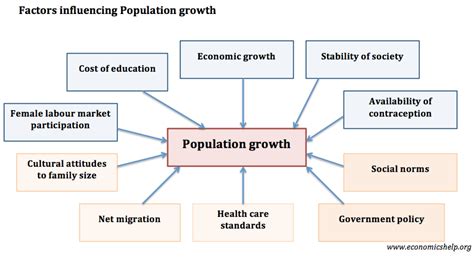
The factors influencing population growth in Dallas are numerous and varied, and they have a significant impact on the city’s demographic landscape. One key factor is migration, both domestic and international. People moving to Dallas from other parts of the country or the world contribute to the city’s population growth. This could be due to job opportunities, lower cost of living, or other factors that draw people to the area.
Another important factor is birth rates. High birth rates can lead to population growth, as can lower mortality rates and longer life expectancy. These demographic trends can have a profound impact on the overall population size and composition in Dallas. Additionally, economic and social factors play a role in population growth. Economic prosperity can attract people to the city, while social policies and support systems can encourage families to settle and raise children in Dallas.
Furthermore, government policies and urban planning decisions can also influence population growth. Investments in infrastructure, housing, and education can make Dallas an attractive place to live and work, which in turn can contribute to population growth. Conversely, policies that restrict immigration, limit housing availability, or hinder economic development can stifle population growth.
In summary, factors influencing population growth in Dallas are multifaceted and interconnected. Migration, birth rates, economic and social factors, and government policies all play a role in shaping the city’s demographic trends and population size. Understanding these factors is crucial for policymakers and community leaders as they plan for the future growth and development of Dallas.
Impact of immigration on Dallas
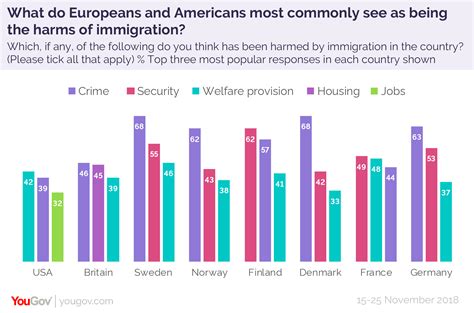
Immigration has played a significant role in shaping the demographic landscape of Dallas, impacting various aspects of the city’s economy, culture, and social dynamics. As a major urban center, Dallas has long been a destination for immigrants from around the world, contributing to the city’s population growth and diversity. The influx of immigrants has brought about both opportunities and challenges, influencing the city’s labor force, consumer market, and community fabric.
One of the key factors influencing the impact of immigration on Dallas is the economic contribution of immigrants. Many immigrants come to Dallas in search of better job opportunities and higher living standards, bringing with them valuable skills and talents that contribute to the local economy. As a result, immigration has played a crucial role in driving economic growth and innovation in various sectors of the city, from technology and healthcare to hospitality and construction.
Moreover, immigration has also influenced the cultural dynamics of Dallas, enriching the city’s social tapestry and contributing to its vibrant multicultural scene. The diverse ethnic communities that have emerged as a result of immigration have brought with them unique traditions, languages, and cultural practices, adding to the city’s cultural richness and diversity. This has not only transformed Dallas into a more inclusive and tolerant city but has also enriched its arts, music, and culinary landscape.
At the same time, the impact of immigration on Dallas has also raised challenges such as socioeconomic disparities and integration issues. While some immigrants have been able to successfully integrate into the local community and workforce, others have faced barriers such as language barriers, discrimination, and economic hardships. These challenges have underscored the importance of policies and programs that promote the inclusion and empowerment of immigrants, ensuring that they have equal access to opportunities and resources.
Population density in different neighborhoods
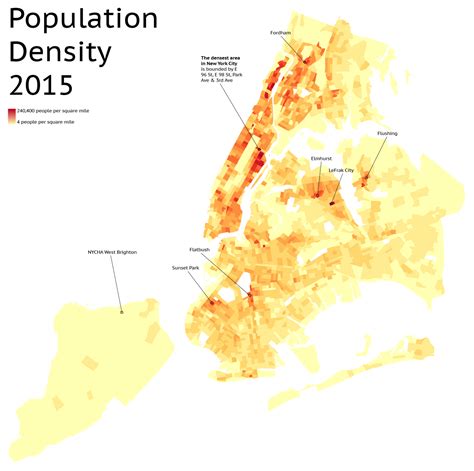
Population density in different neighborhoods
Population density in different neighborhoods
When examining the population density in different neighborhoods of Dallas, it is important to consider the varying factors that contribute to the distribution of people across the city. Each neighborhood has its own unique characteristics, including demographics, housing options, and access to amenities, which all play a role in determining the population density.
One factor that influences population density is the availability of housing. Neighborhoods with a higher concentration of apartment buildings and condominiums tend to have a higher population density compared to areas dominated by single-family homes. The accessibility of public transportation and proximity to employment opportunities also impact the density of residents in a given neighborhood.
Additionally, the demographic makeup of a neighborhood can contribute to variations in population density. Neighborhoods with a higher proportion of young adults or college students may have a higher population density due to shared living arrangements and a propensity for denser housing options. Conversely, neighborhoods with a larger number of retirees or families may have lower population density as residents typically occupy larger homes with more space between properties.
The table below illustrates the population density of a few distinct neighborhoods in Dallas:
| Neighborhood | Population Density (per square mile) |
|---|---|
| Uptown | 10,608 |
| Lakewood | 3,045 |
| Oak Lawn | 8,917 |
| Preston Hollow | 2,416 |
| Deep Ellum | 9,231 |
It is evident from the data that population density varies significantly across different neighborhoods in Dallas. The contrast between Uptown and Preston Hollow, for example, showcases the diversity in density levels within the city. Understanding these variations is crucial for urban planners, policymakers, and developers as they work to address the unique needs of each neighborhood and create sustainable communities.
Age distribution and demographics
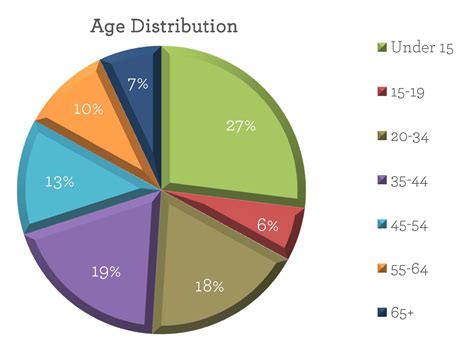
When analyzing the age distribution and demographics of Dallas, it is evident that the city is becoming increasingly diverse. With a growing population, both in terms of overall numbers and in terms of the diversity of its residents, Dallas is experiencing a shift in its demographics. The expansion of the city’s economy, its strong job market, and its reputation as a cultural hub have all contributed to an influx of new residents from various age groups and backgrounds.
One aspect of the age distribution that is particularly notable is the growing number of young professionals and families moving to Dallas. This trend has had a significant impact on the city’s demographics, as it has resulted in a higher proportion of residents in the 25-34 age range. These individuals are drawn to the city’s dynamic job market, vibrant arts scene, and numerous recreational opportunities.
Additionally, the demographics of Dallas are also reflective of the city’s rich history of immigration. The city has long been a destination for immigrants from around the world, and as a result, it is home to a diverse array of cultures and ethnicities. This diversity is also reflected in the age distribution of the city, as it has contributed to a population that spans a wide range of age groups and backgrounds.
As Dallas continues to grow and evolve, the age distribution and demographics of the city are likely to undergo further changes. It will be important for city planners, policymakers, and community leaders to take these shifts into account as they work to address the needs of Dallas residents of all ages and backgrounds.
Population projections for the future
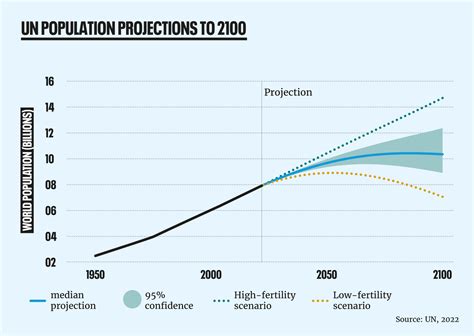
Population projections for the future are essential for urban planning and policy-making. By analyzing current demographic trends, experts can predict how the population of a city like Dallas may change in the coming years. These projections help city officials make decisions about infrastructure, housing, and social services to meet the needs of a growing population.
One factor influencing population growth in Dallas is immigration. The city’s welcoming atmosphere and strong job market attract migrants from around the world. As a result, Dallas may continue to experience steady population growth in the coming decades. This trend will have implications for the city’s economy, cultural diversity, and overall way of life.
Population projections also consider age distribution and demographics. As the baby boomer generation retires, the proportion of elderly residents in Dallas may increase. This demographic shift will require planning for healthcare services, senior housing, and other age-specific needs. At the same time, projections anticipate a rise in the number of young adults and families, necessitating investments in education and family-centric amenities.
According to the historical population trends and current growth rates, Dallas is expected to become more densely populated in the years ahead. Neighborhoods that are currently underdeveloped may experience a surge in construction and urbanization. Balancing this growth with the preservation of green spaces and sustainable development is a key challenge for the city’s planners and environmental advocates.
| Year | Projected Population |
|---|---|
| 2025 | 1.5 million |
| 2035 | 1.8 million |
| 2045 | 2.2 million |
These projections are just estimates, and various community initiatives aim to support population growth in a sustainable and equitable way. By engaging with local residents, government agencies, and businesses, these initiatives seek to foster a sense of community, improve quality of life, and address the challenges associated with rapid urbanization.
Economic impact of population growth
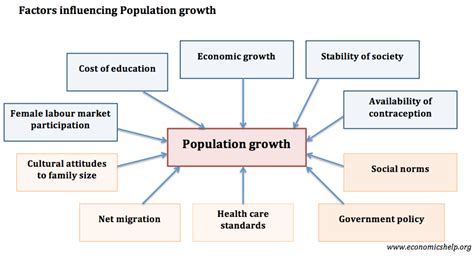
Population growth can have a significant impact on the economy of a city like Dallas. As the population increases, so does the demand for goods and services, leading to a boost in business opportunities and employment. This in turn can lead to an increase in the overall income and consumer spending within the city.
On the other hand, rapid population growth can also put a strain on infrastructure and public services, leading to increased maintenance costs and potential budget deficits for the local government. This may lead to the need for increased taxation or cutbacks in other areas in order to accommodate the growing population’s needs.
Additionally, population growth can impact the real estate market in Dallas. As demand for housing increases, property values may rise, making it more difficult for lower-income individuals to afford living in certain areas. This can then lead to gentrification and an increase in socioeconomic disparities within the city.
When considering the economic impact of population growth, it is important to also take into account the potential effects on environmental sustainability and the overall quality of life for the residents of Dallas. It is crucial for city planners and policymakers to carefully consider the long-term consequences of population growth in order to ensure that it is sustainable and beneficial for all members of the community.
Challenges of rapid urbanization
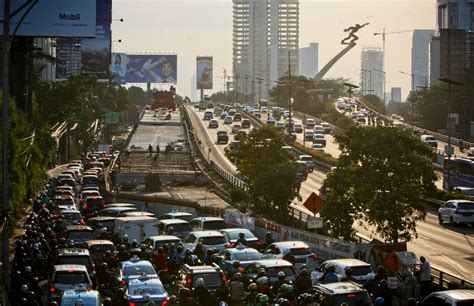
Rapid urbanization brings with it a myriad of challenges that can impact the environment, infrastructure, and overall quality of life in a city. One of the main challenges is the strain it puts on public services such as transportation, healthcare, and education. As the population in urban areas grows at a fast pace, the demand for these services increases, often leading to overcrowding and inefficiency.
Furthermore, rapid urbanization can also lead to environmental degradation and loss of green spaces. The increased demand for housing and commercial buildings can result in deforestation, air and water pollution, as well as the disruption of natural ecosystems. This not only affects the local environment but can also have long-term consequences for the planet as a whole.
Another notable challenge is the pressure on housing and the rise in cost of living. As more people move to urban areas in search of better opportunities, the demand for housing increases, leading to rising property prices and a lack of affordable housing options. This can lead to social inequality and segregation, as lower-income individuals and families struggle to find suitable living arrangements.
Additionally, rapid urbanization can also exacerbate traffic congestion and infrastructure deficiencies. With more people living and working in urban areas, the road networks and public transportation systems may become overburdened, resulting in longer commutes, increased pollution, and decreased overall efficiency.
Addressing the challenges of rapid urbanization requires careful planning and strategic initiatives to ensure sustainable development, efficient resource allocation, and the preservation of the natural and cultural heritage of a city. It is crucial for city planners, policymakers, and community leaders to work together to find innovative solutions that can mitigate the negative impacts of rapid urbanization and create a more livable environment for all residents.
Socioeconomic disparities within the population
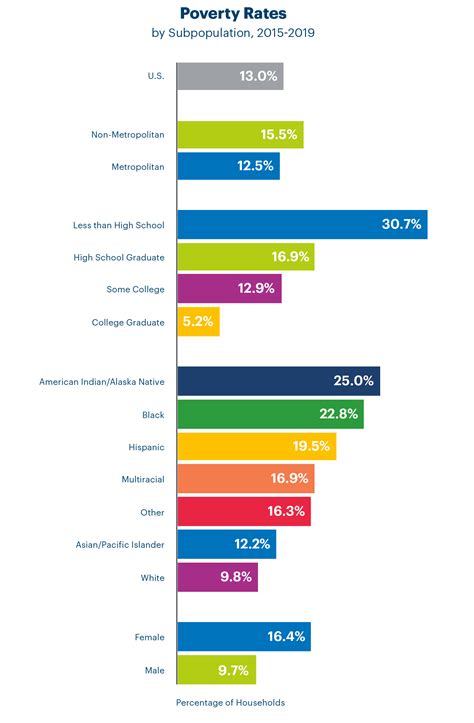
When analyzing the population of Dallas, it is crucial to take into account the socioeconomic disparities within the community. These disparities encompass a wide range of factors, including income levels, education attainment, access to healthcare, employment opportunities, and overall quality of life. The existence of such disparities can significantly impact the well-being of individuals and families, as well as the overall social cohesion within the city.
One of the key impacts of socioeconomic disparities is the unequal distribution of resources and opportunities. Individuals from lower-income backgrounds may face barriers to accessing quality education, healthcare, and employment, which can perpetuate a cycle of poverty and limited social mobility. On the other hand, those from higher-income backgrounds may have greater access to resources and opportunities, leading to disparities in outcomes and life chances.
Furthermore, socioeconomic disparities can also manifest in terms of disparities in health outcomes and life expectancy. Individuals from lower-income backgrounds may face greater challenges in accessing healthcare services and may experience higher rates of chronic diseases and other health issues. This can contribute to a growing gap in health outcomes between different segments of the population.
Addressing socioeconomic disparities within the population requires a multifaceted approach that involves policy interventions, community initiatives, and public-private partnerships. Efforts to improve access to education, healthcare, affordable housing, and economic opportunities can play a crucial role in reducing disparities and promoting greater equity within the community.
In conclusion, understanding and addressing socioeconomic disparities within the population of Dallas is essential for promoting social equity, economic opportunity, and overall well-being. By recognizing the challenges and opportunities associated with these disparities, the city can work towards building a more inclusive and prosperous community for all its residents.
Community initiatives to support population growth
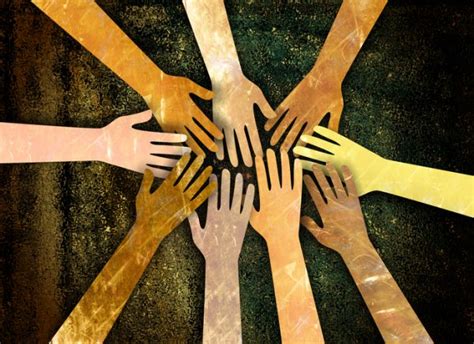
Population growth is a critical factor in the development and sustainability of any city, including Dallas. As the population continues to grow, it is important to implement community initiatives that support and sustain this growth. These initiatives can include programs and resources that encourage families to settle in the area, as well as opportunities for employment and education that attract individuals to the city.
One important initiative that can support population growth is the development of affordable housing options. By providing affordable housing opportunities, more families and individuals can afford to live in the city, which in turn can increase the overall population. This contributes to a more diverse and vibrant community, enhancing the overall quality of life for residents.
In addition to affordable housing, community initiatives can focus on creating job opportunities within the city. This can be achieved through partnerships with local businesses and organizations to promote job growth and economic development. By providing employment opportunities, individuals are more likely to settle in the area, leading to an increase in the population.
Furthermore, initiatives that prioritize education and healthcare can also support population growth in Dallas. By investing in educational resources and healthcare facilities, the city can attract families and individuals who are seeking a high-quality education and access to healthcare services. This not only supports population growth but also contributes to a healthier and more educated community.
In conclusion, community initiatives play a crucial role in supporting population growth in Dallas. By focusing on affordable housing, job opportunities, education, and healthcare, the city can attract and retain residents, contributing to a thriving and sustainable population. Through these initiatives, Dallas can continue to grow and develop as a diverse and vibrant city.
Frequently Asked Questions

What is the current population of Dallas, Texas?
As of 2021, the estimated population of Dallas, Texas is approximately 1.34 million people.
How does the population of Dallas compare to other major cities in the United States?
Dallas ranks as the ninth most populous city in the United States.
What factors have contributed to the population growth in Dallas?
Factors contributing to the population growth in Dallas include job opportunities, a lower cost of living compared to other major cities, and a diverse culture.
What is the demographic makeup of the population in Dallas?
The population in Dallas is very diverse, with a significant percentage of Hispanic, African American, and Caucasian residents.
How has the population of Dallas changed over the years?
Over the years, Dallas has experienced steady population growth due to factors such as migration from other states and natural population increase.
What are the projected population trends for Dallas in the coming years?
Projections indicate that the population of Dallas will continue to grow, with estimates suggesting a population of over 1.5 million by 2030.
What impact does the population of Dallas have on the city’s infrastructure and resources?
The growing population in Dallas presents challenges for infrastructure and resources, including transportation, housing, and public services, which require careful planning and management.

